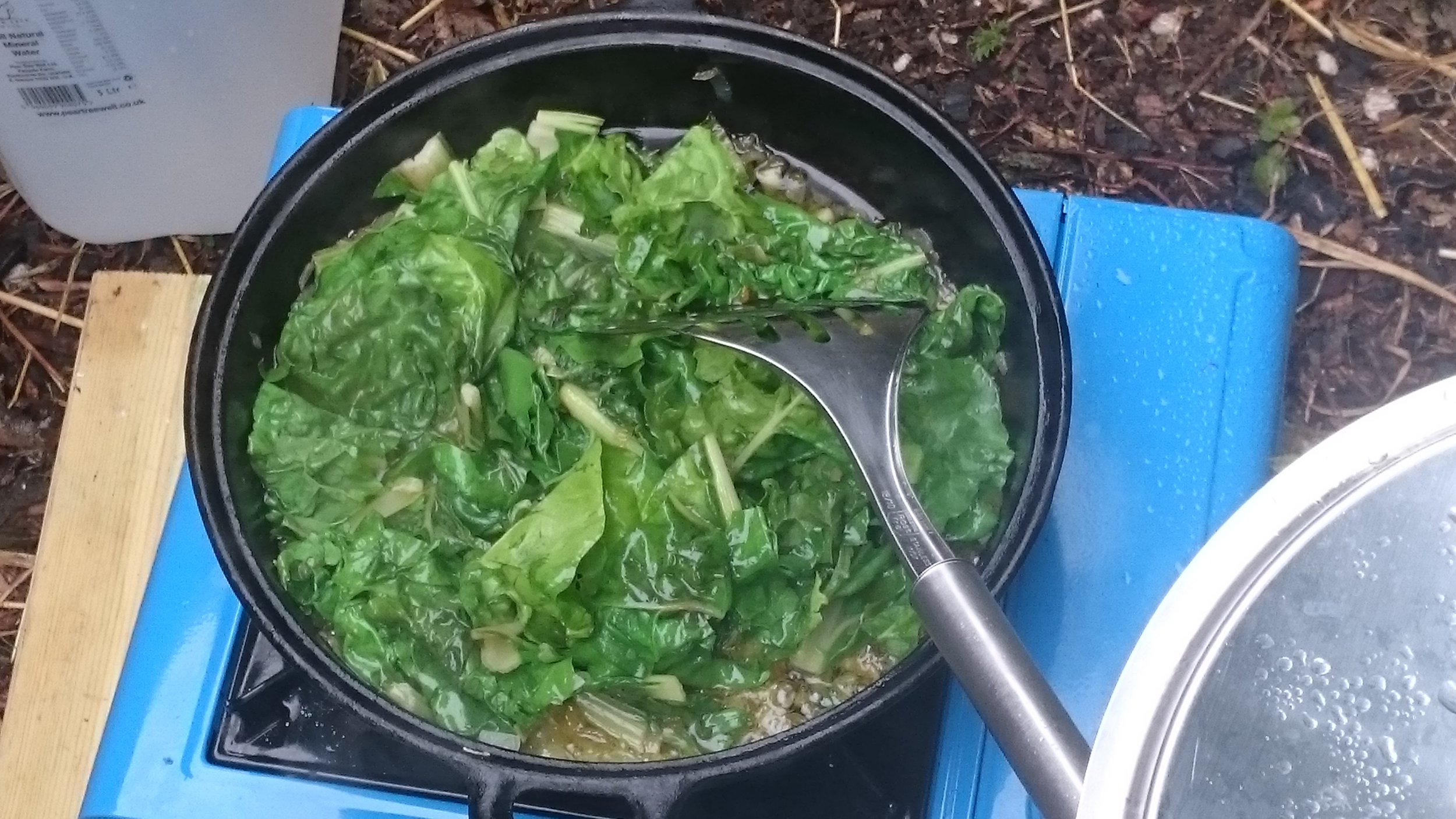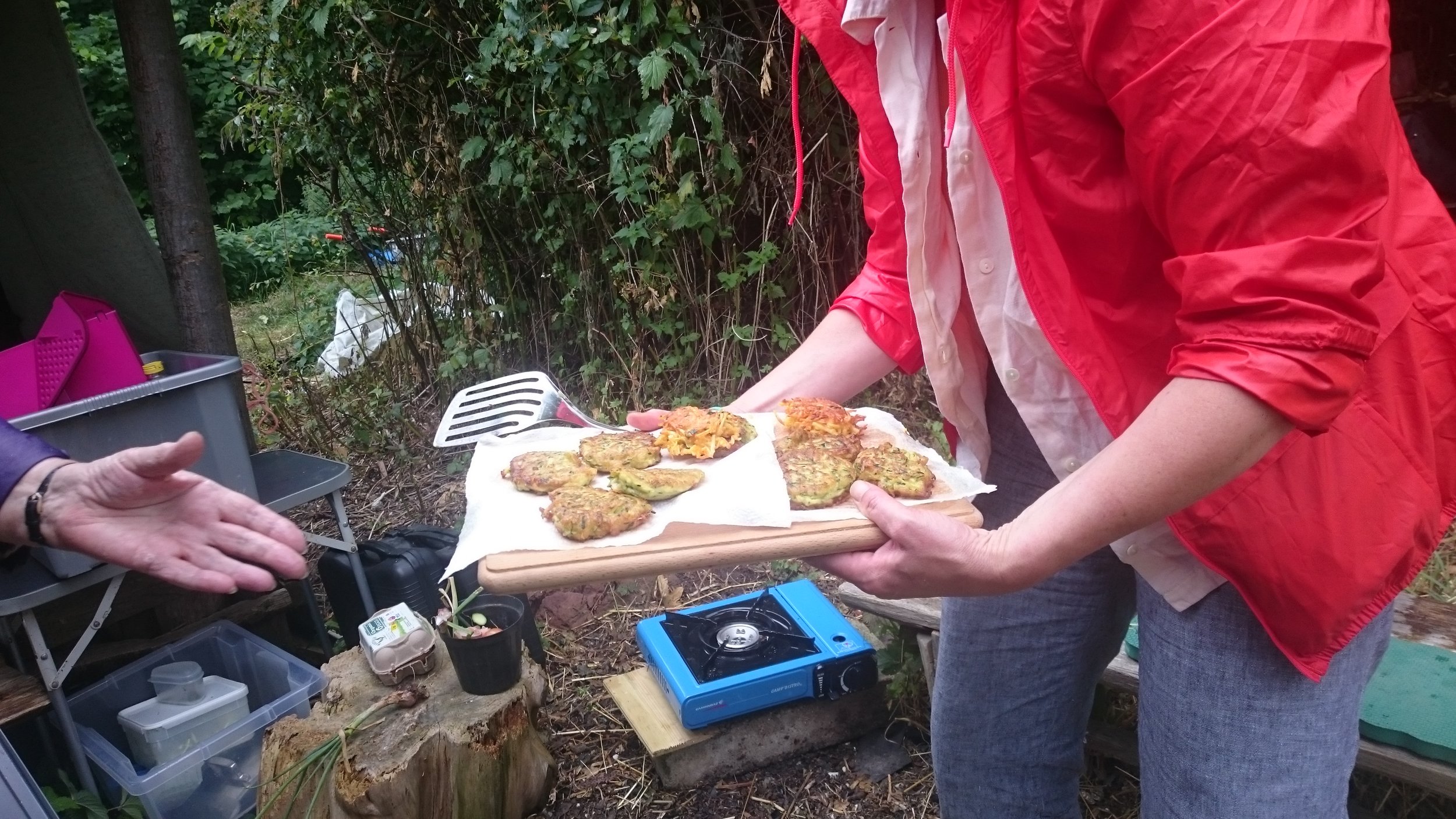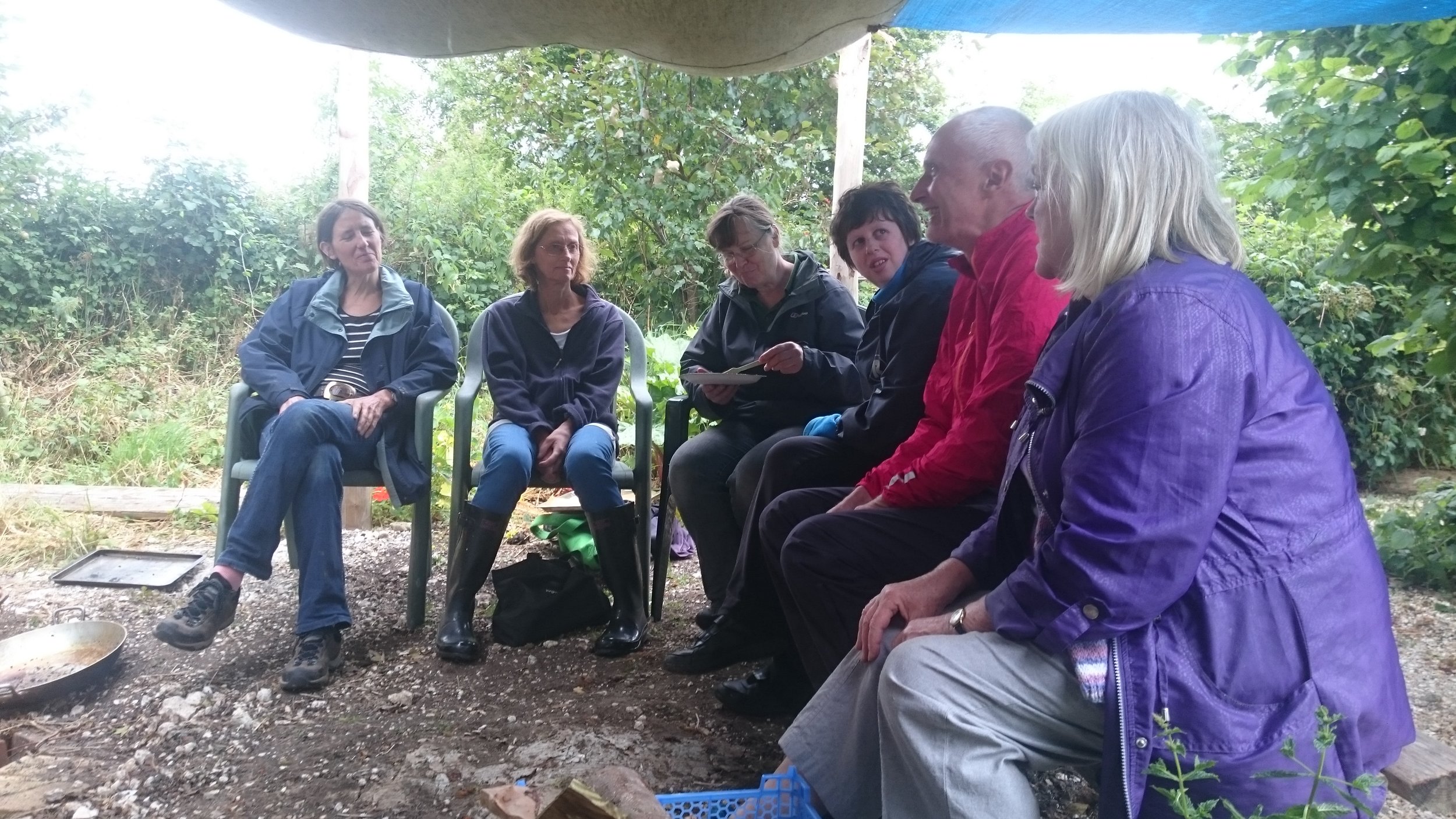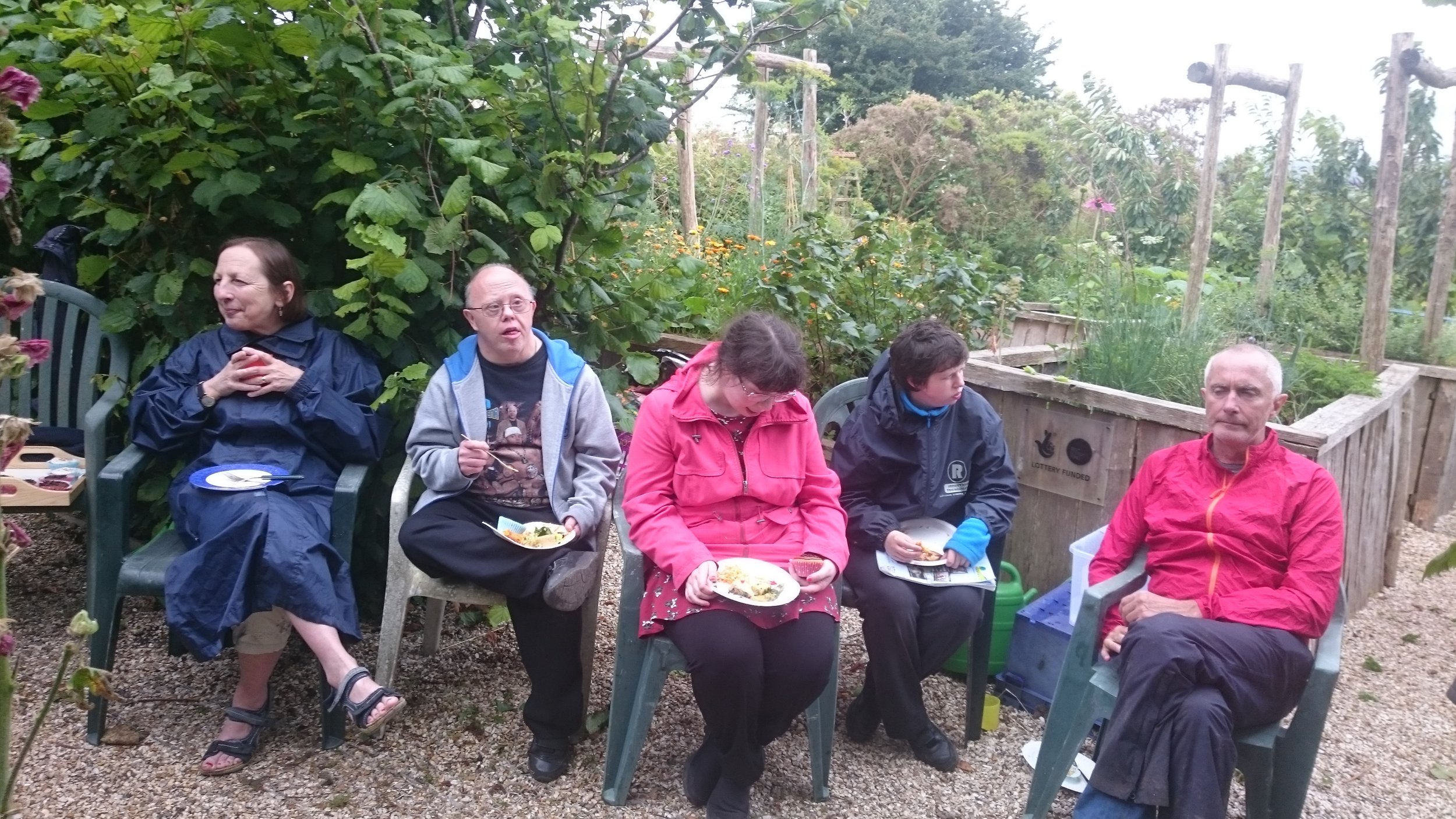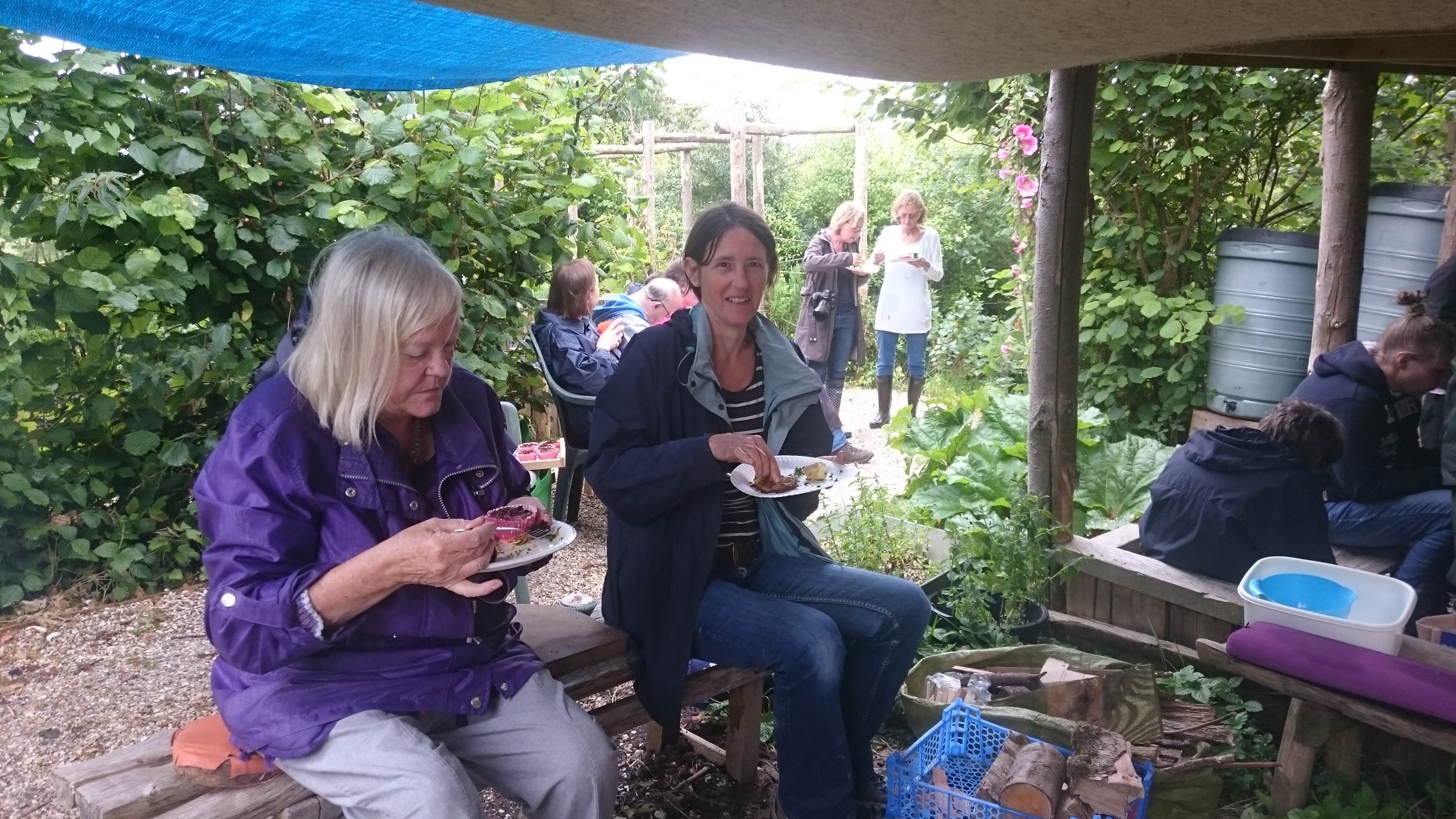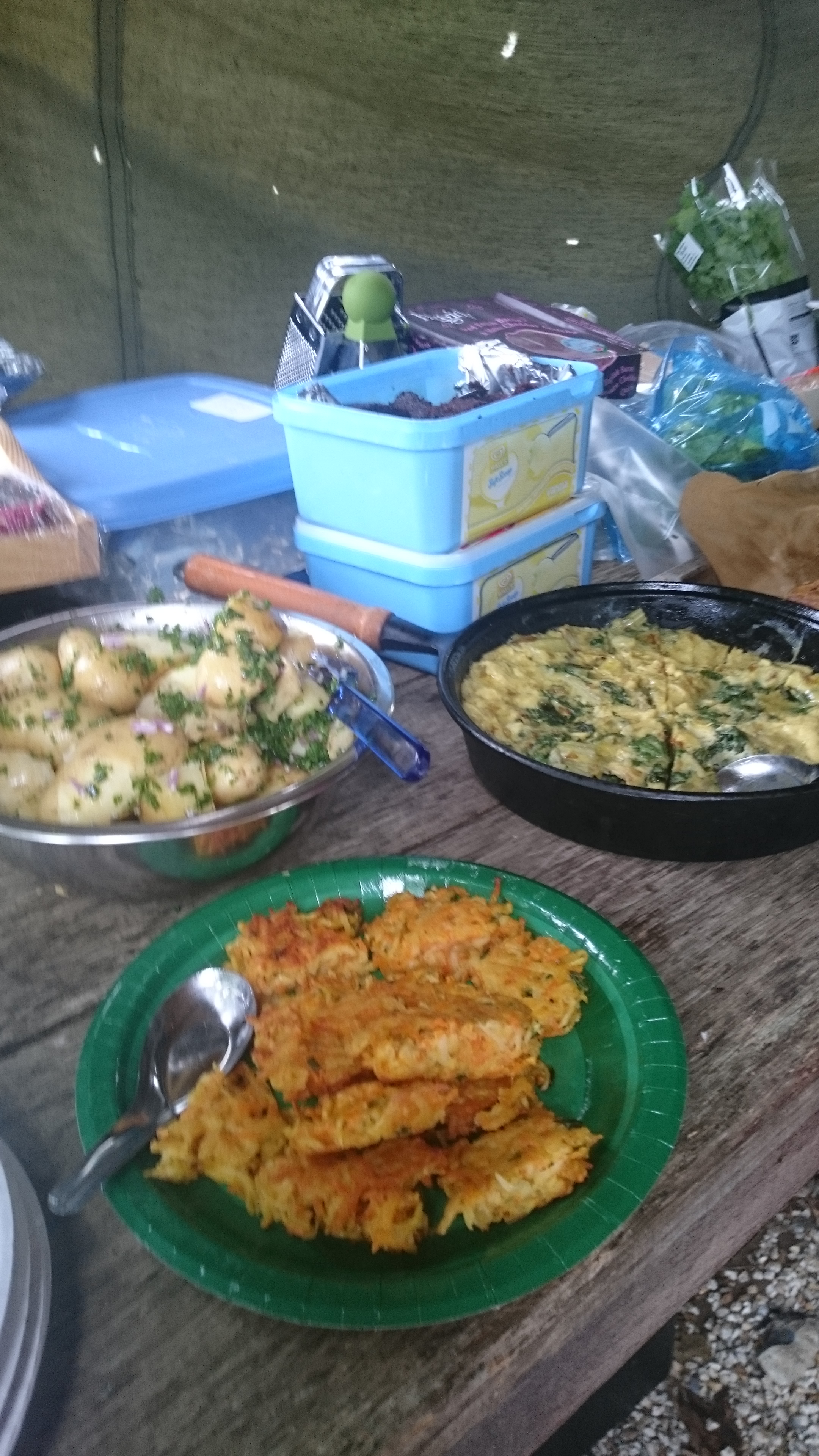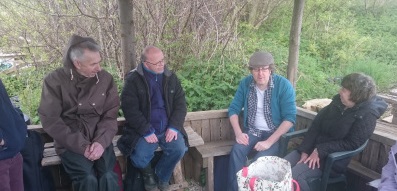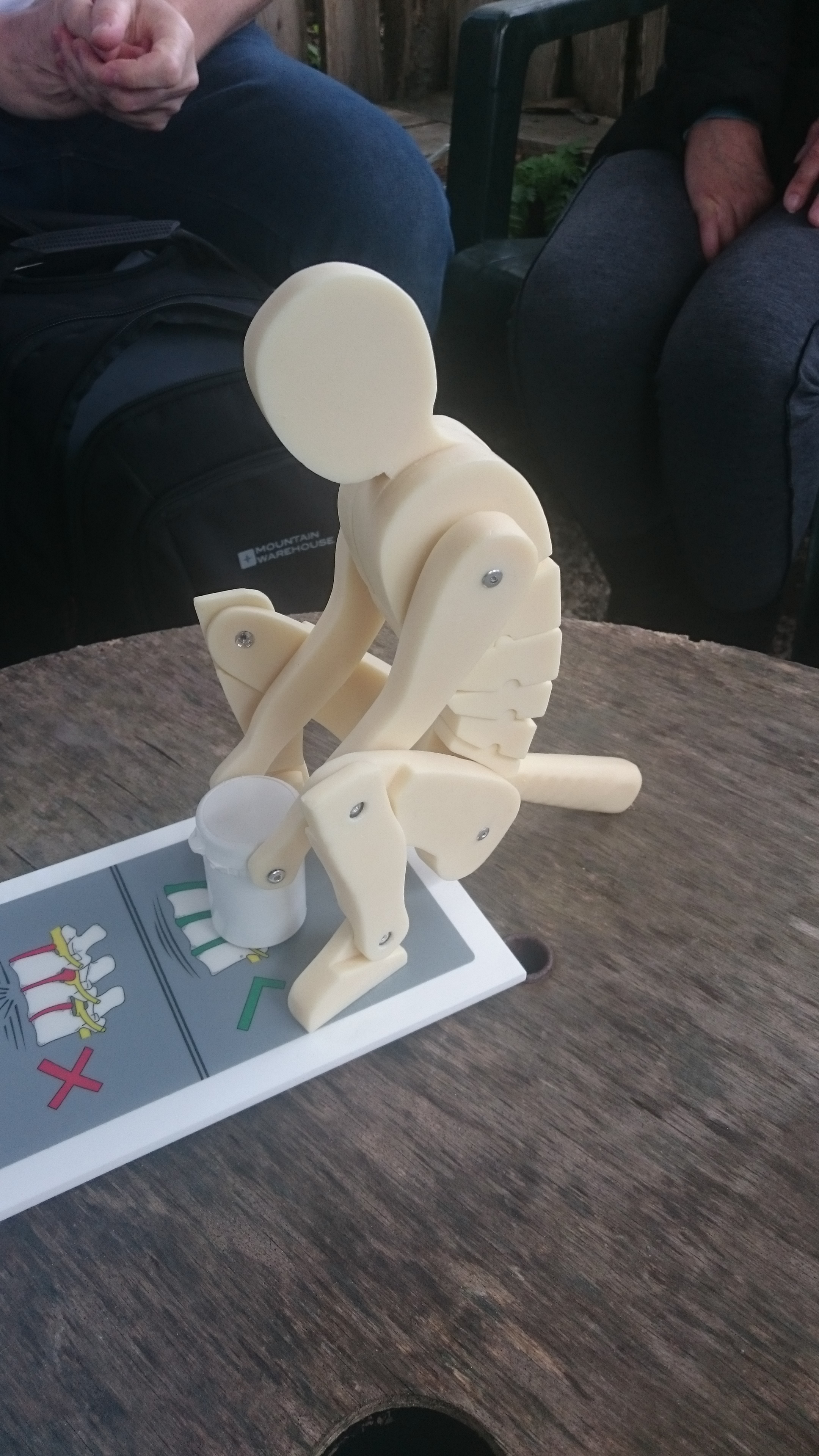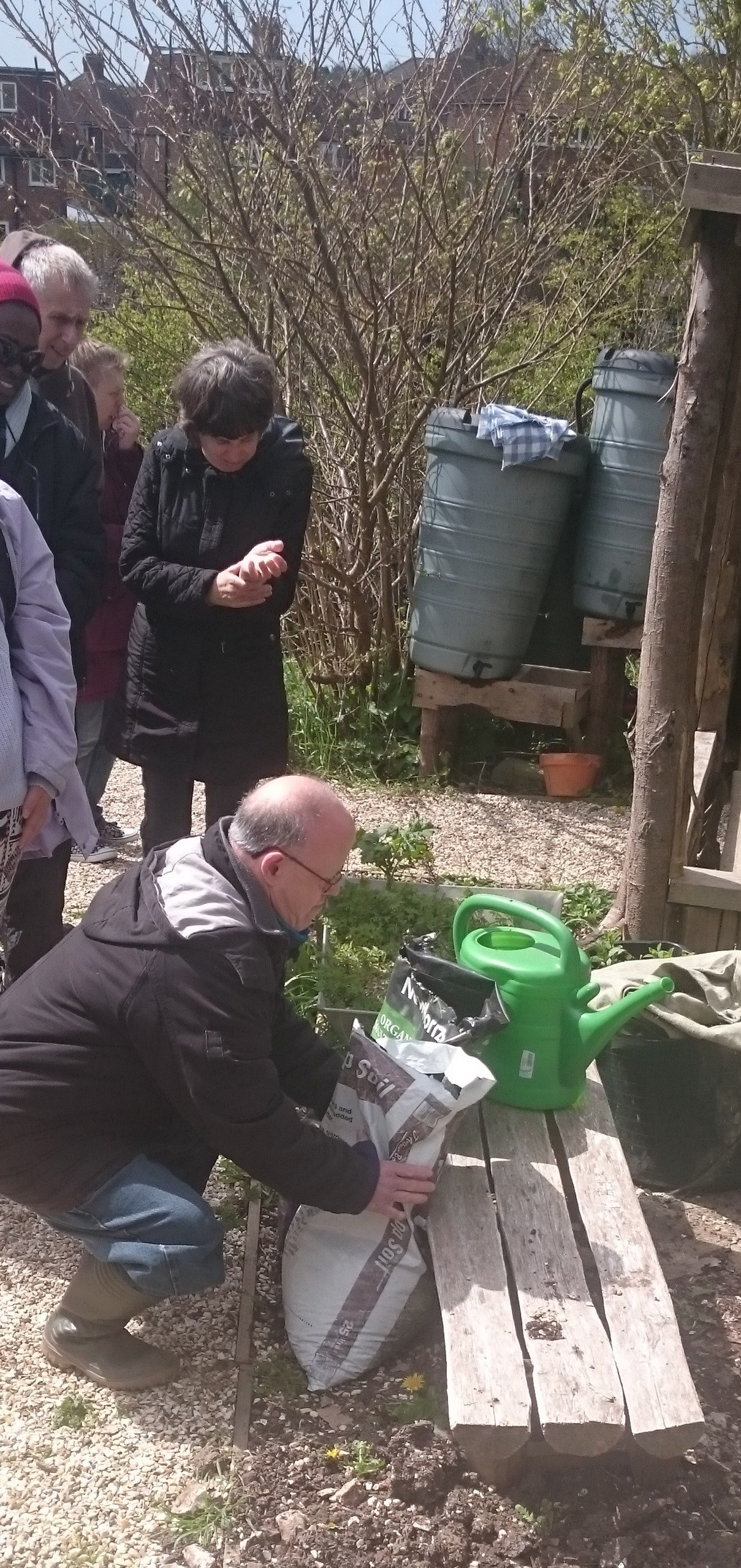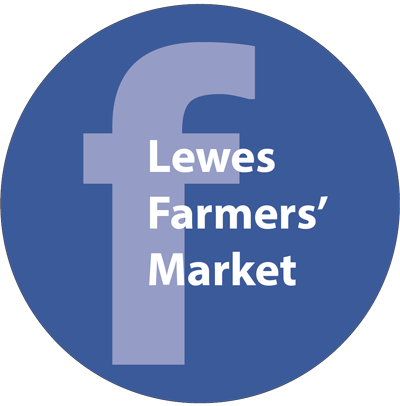We had a lovely time at our Fire and Feast event mid-December. It had been very wet the day before, but we were lucky that it was a sunny and beautiful day for this. The straw bales 'seats' were a little soggy and needed sheeting over them. We had two groups coming along. The St Nicholas Day Centre group in the morning, and Rural Pathways students from Plumpton College in the afternoon.
In the morning, the St Nicholas Day Centre group collected herbs for a bouquet as well as ivy to put on cards. Then we returned to the shelter to admire Sarah's fire, which had been tended by allotment member Maggie.
Once back at the shelter, with the herb bundles were tied and the ivy stuck to the cards, we stopped for refreshments. We drank apple juice pressed from Ringmer Community Orchard. Felicity Ann had brought some superb mince pies she'd made to share, and Sarah had cooked up delicious pumpkin soup for us all from an allotment pumpkin.
Then we toasted marshmallows on sticks on the fire.
Emma gave out allotment keyrings to all of the St Nicholas Day Centre members, because that's what they had asked for at the last Flourish user group meeting as a memento of the Community Allotment. The photos on it were of pumpkins, appropriately enough!
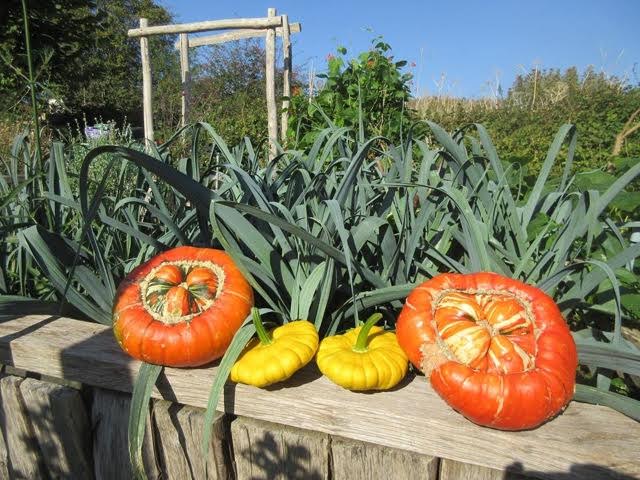
In the afternoon, the Rural Pathways students came along and also enjoyed a feast, inclduing toasting A LOT of marshmallows over the fire.
We all had fun. Many thanks to Sarah and Felicity Ann for all their hard work - and to all our allotment members and service users for their many contributions over the autumn.
Emma Chaplin

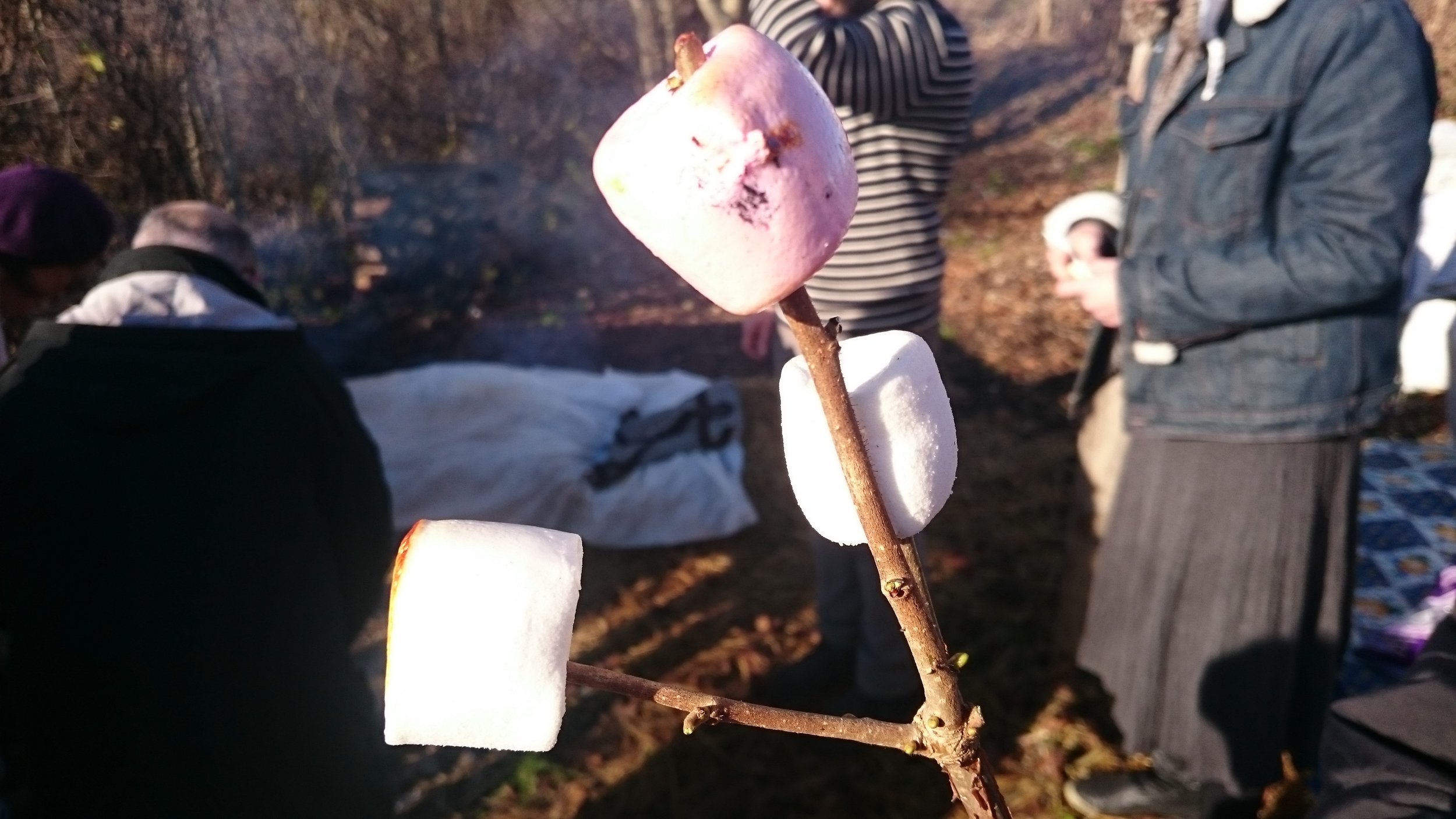
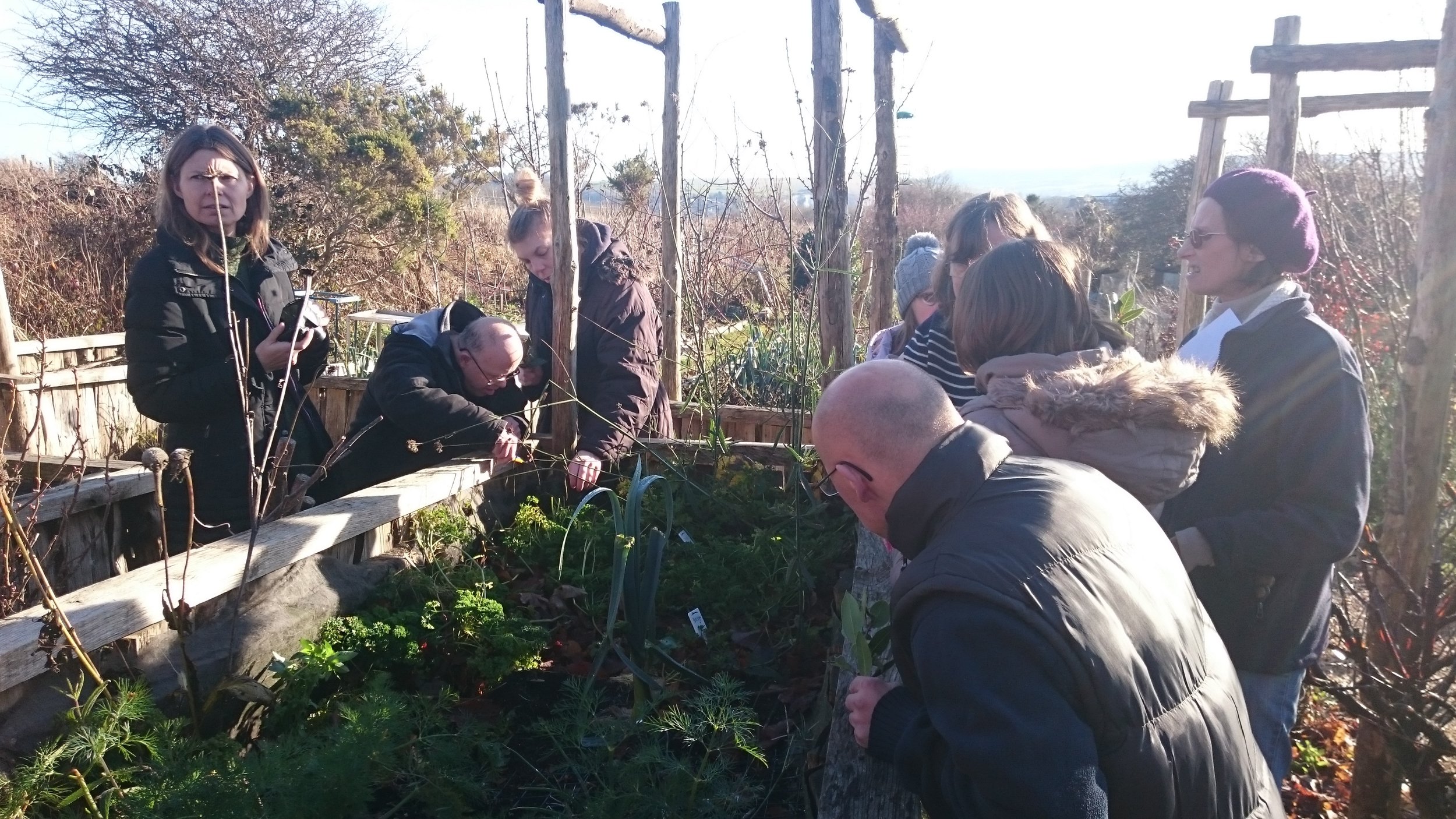
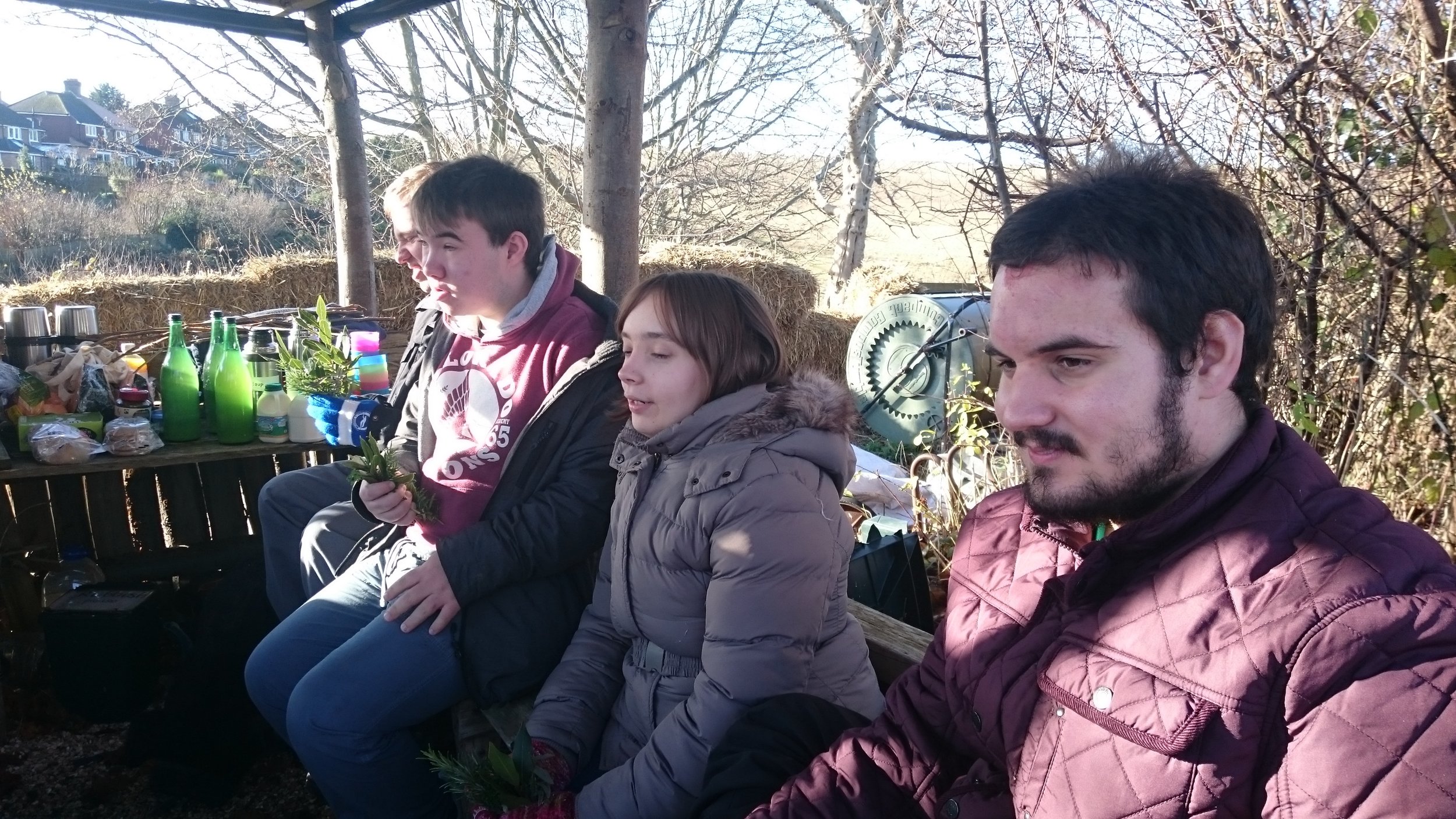
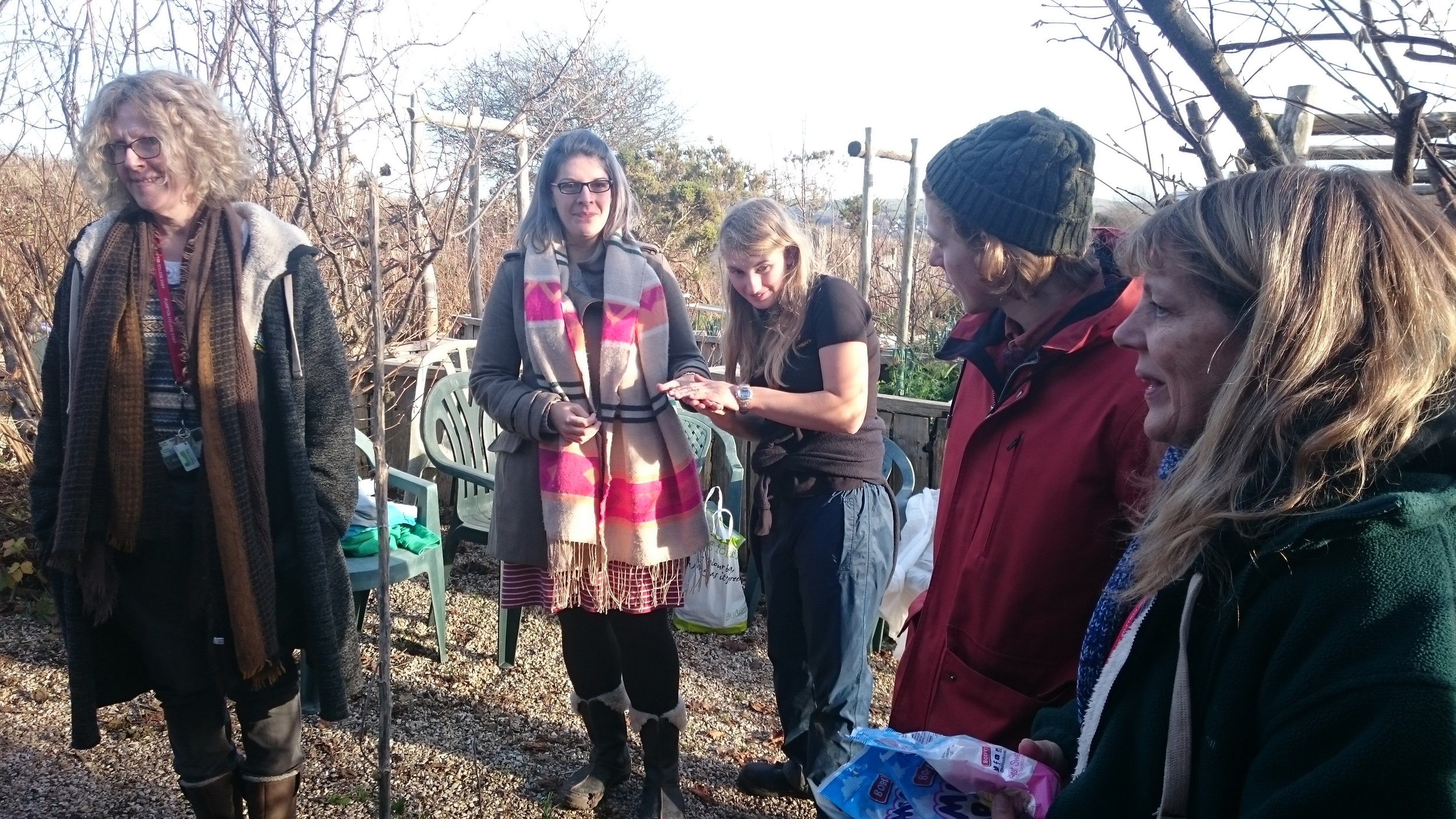
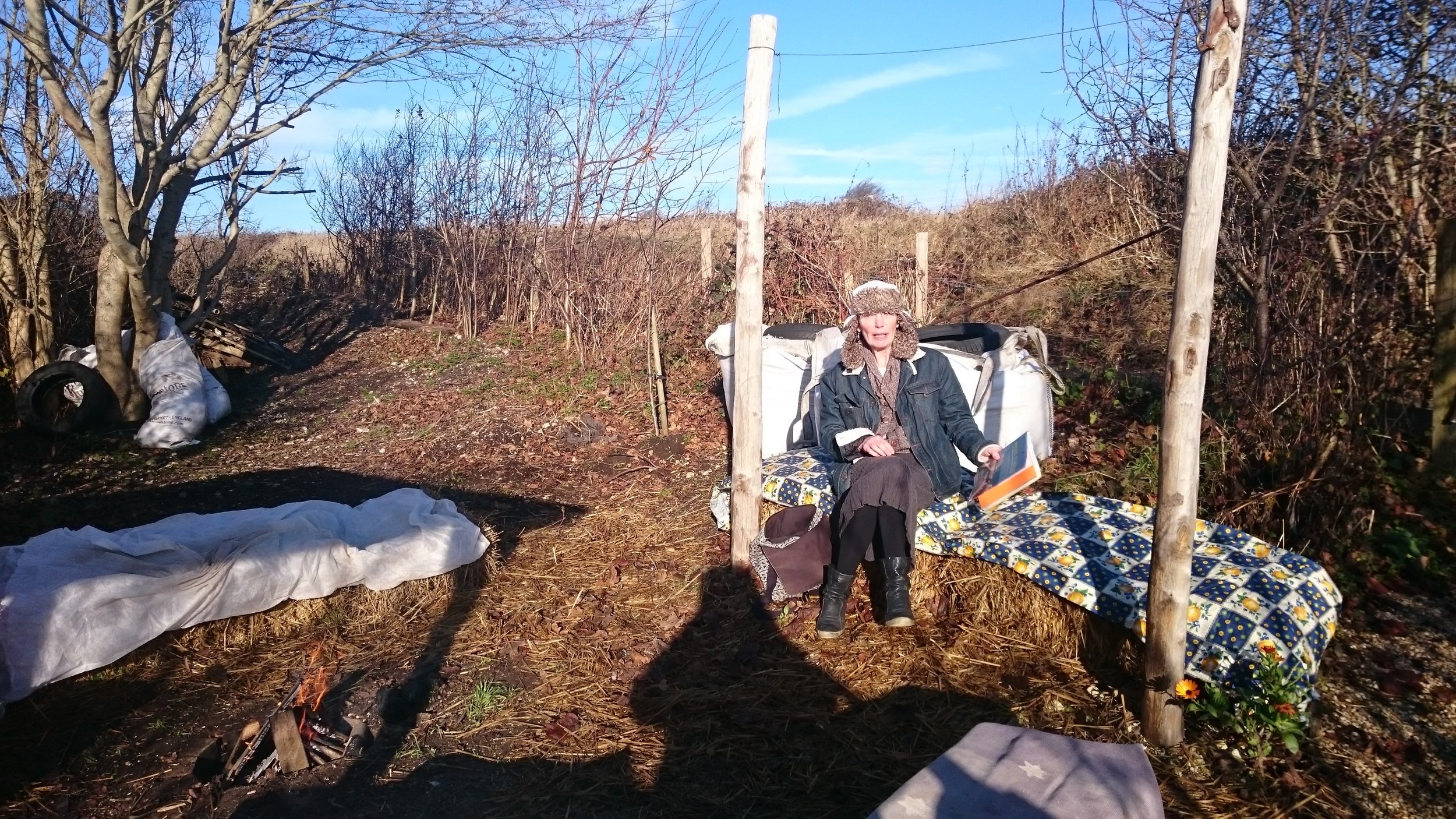
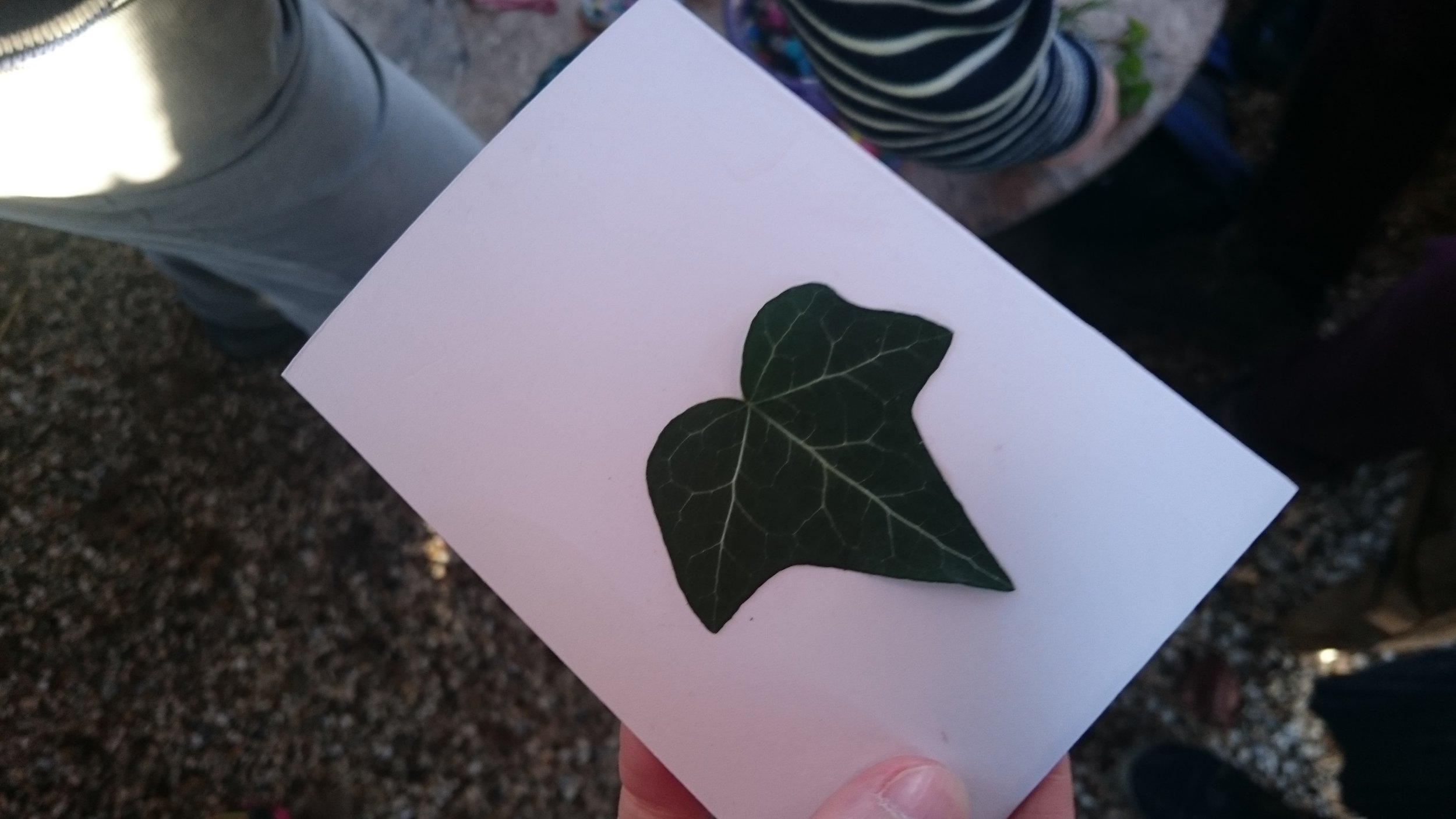
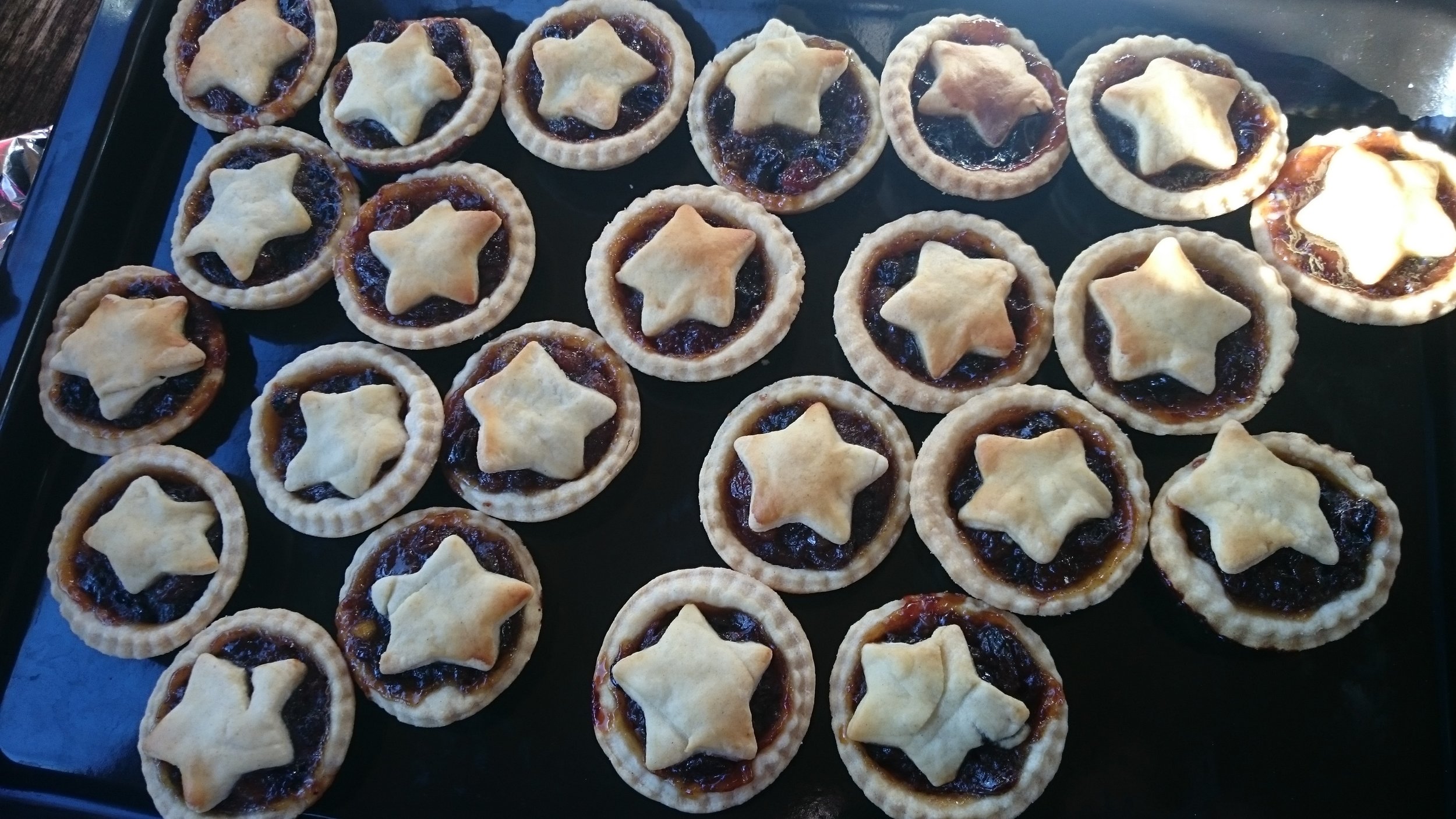
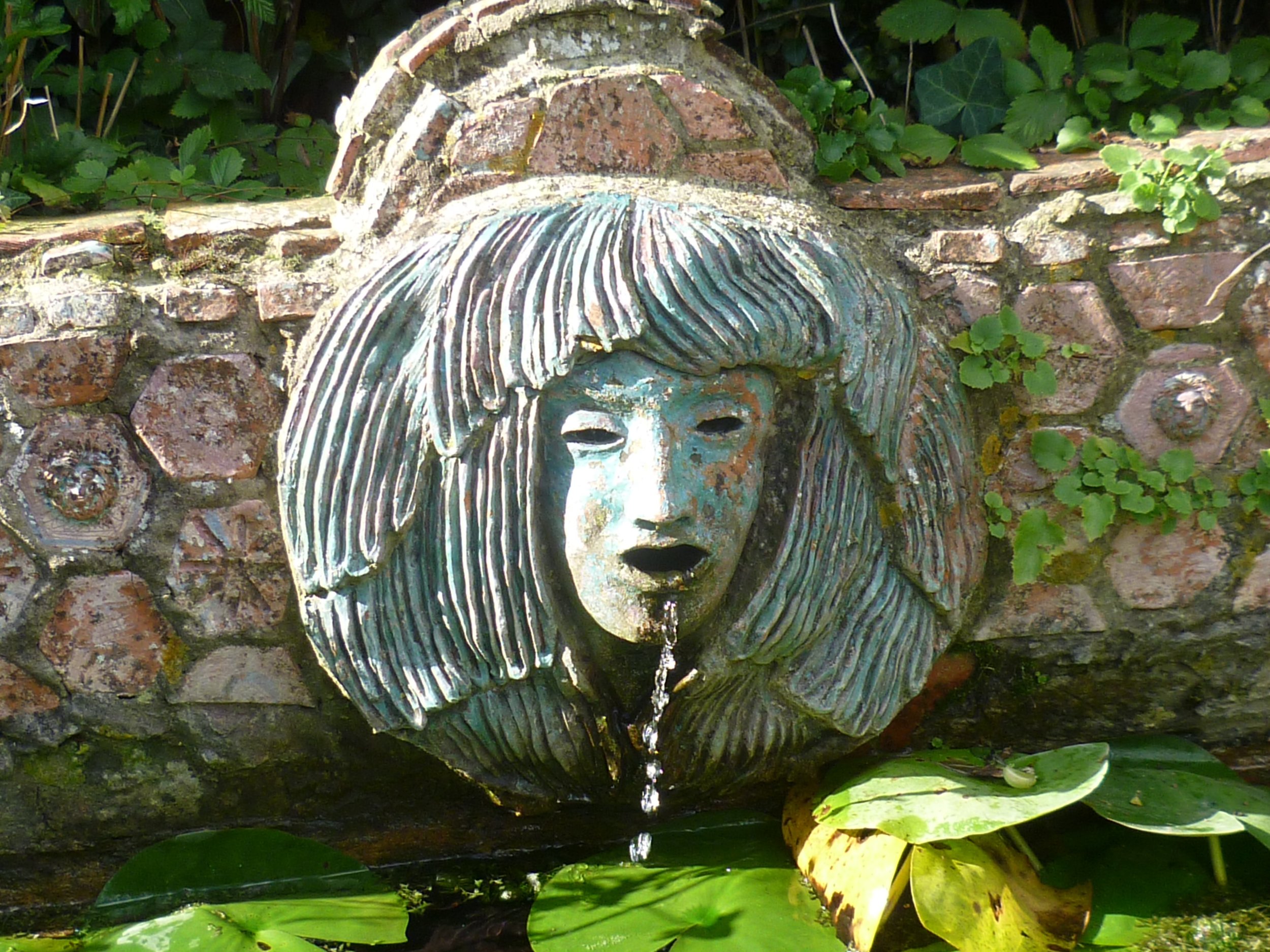
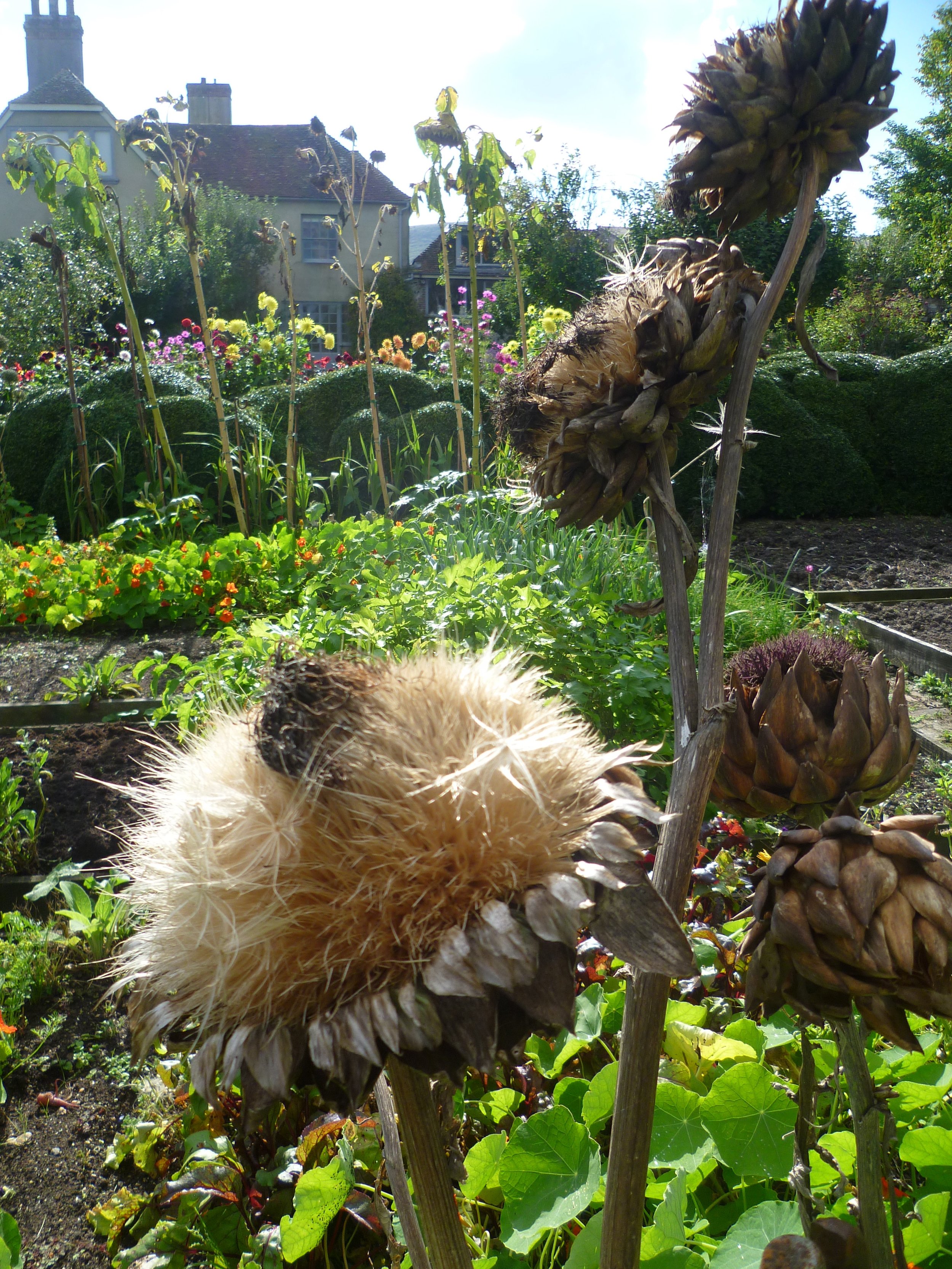
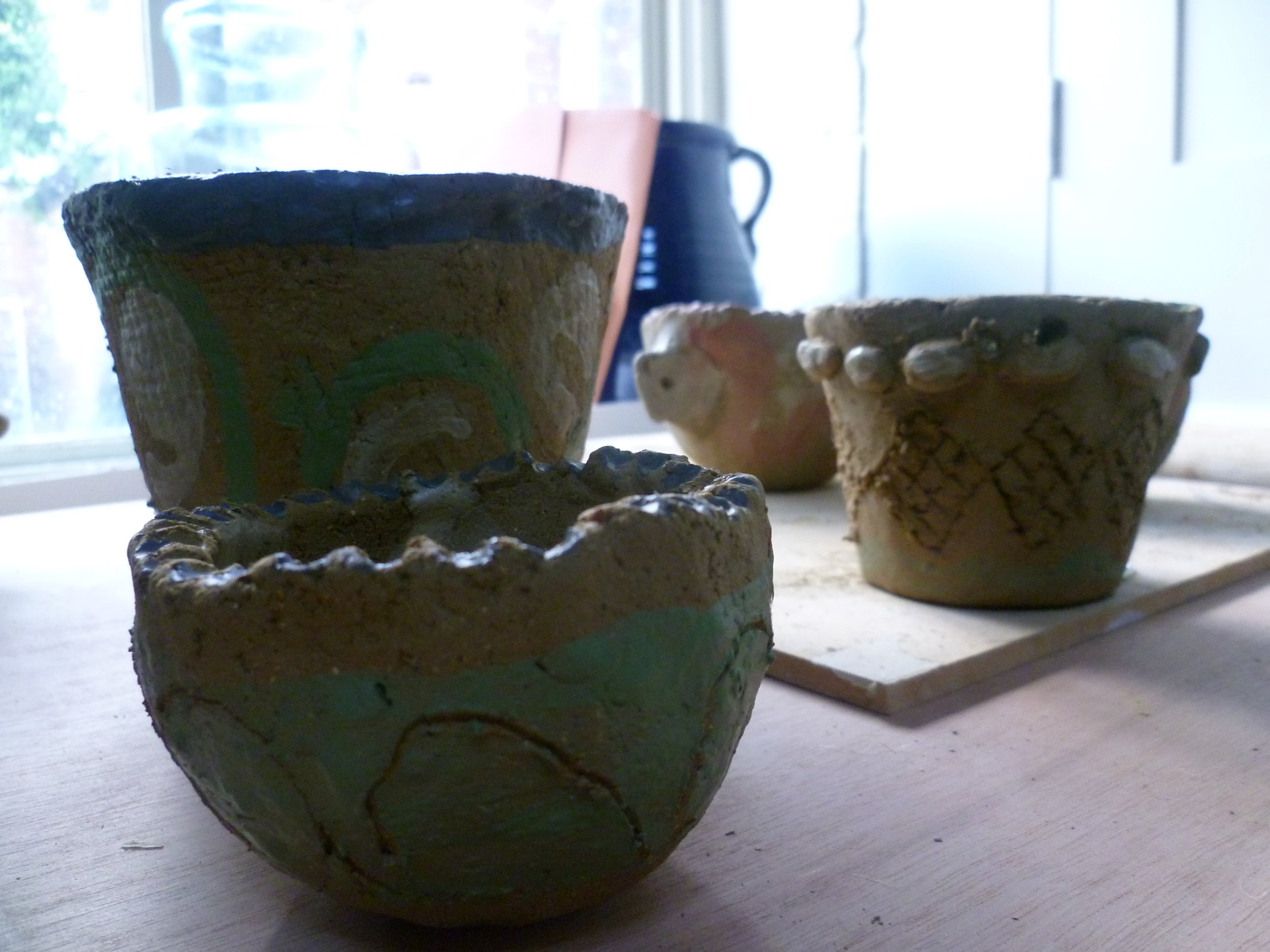
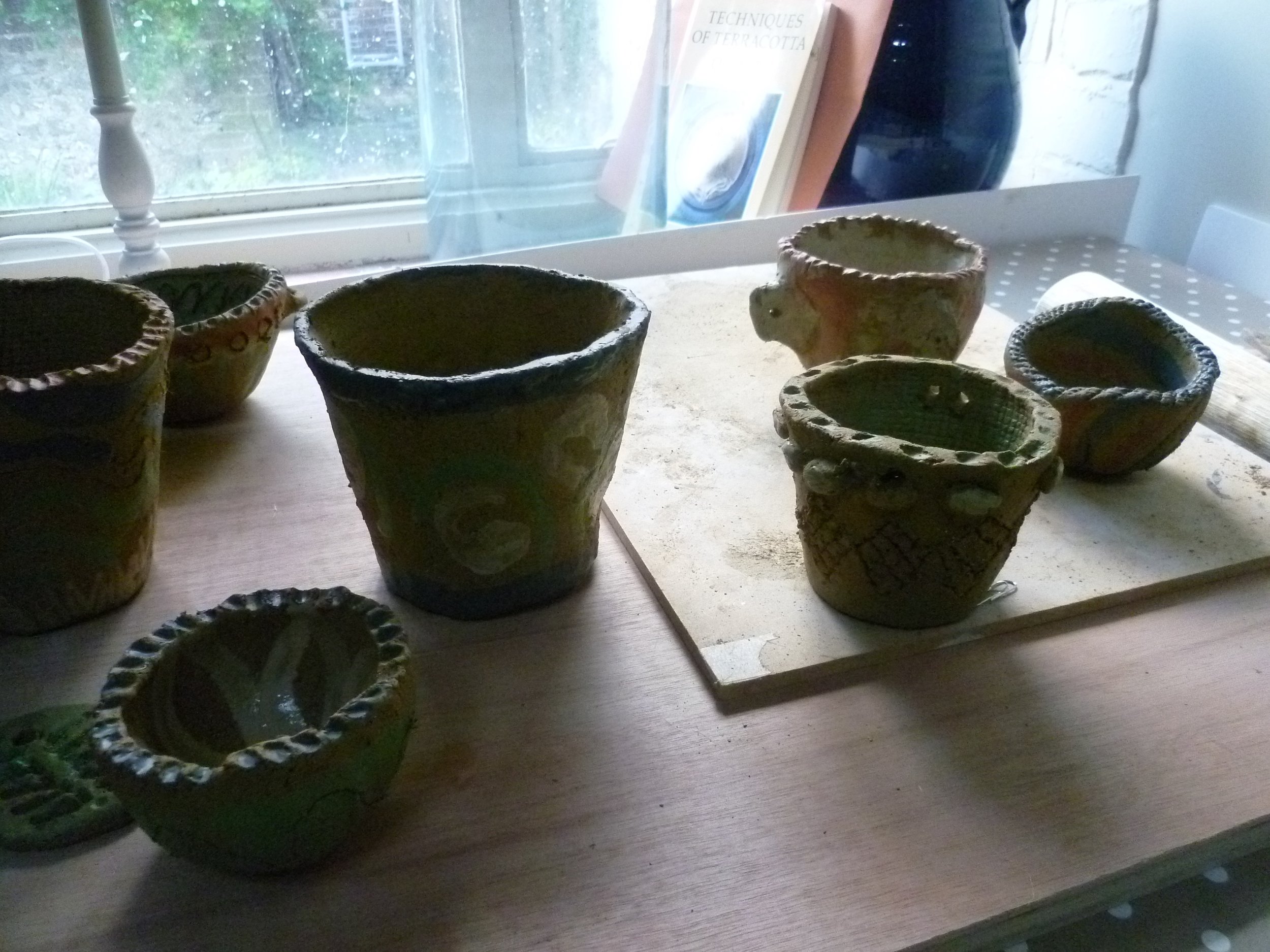
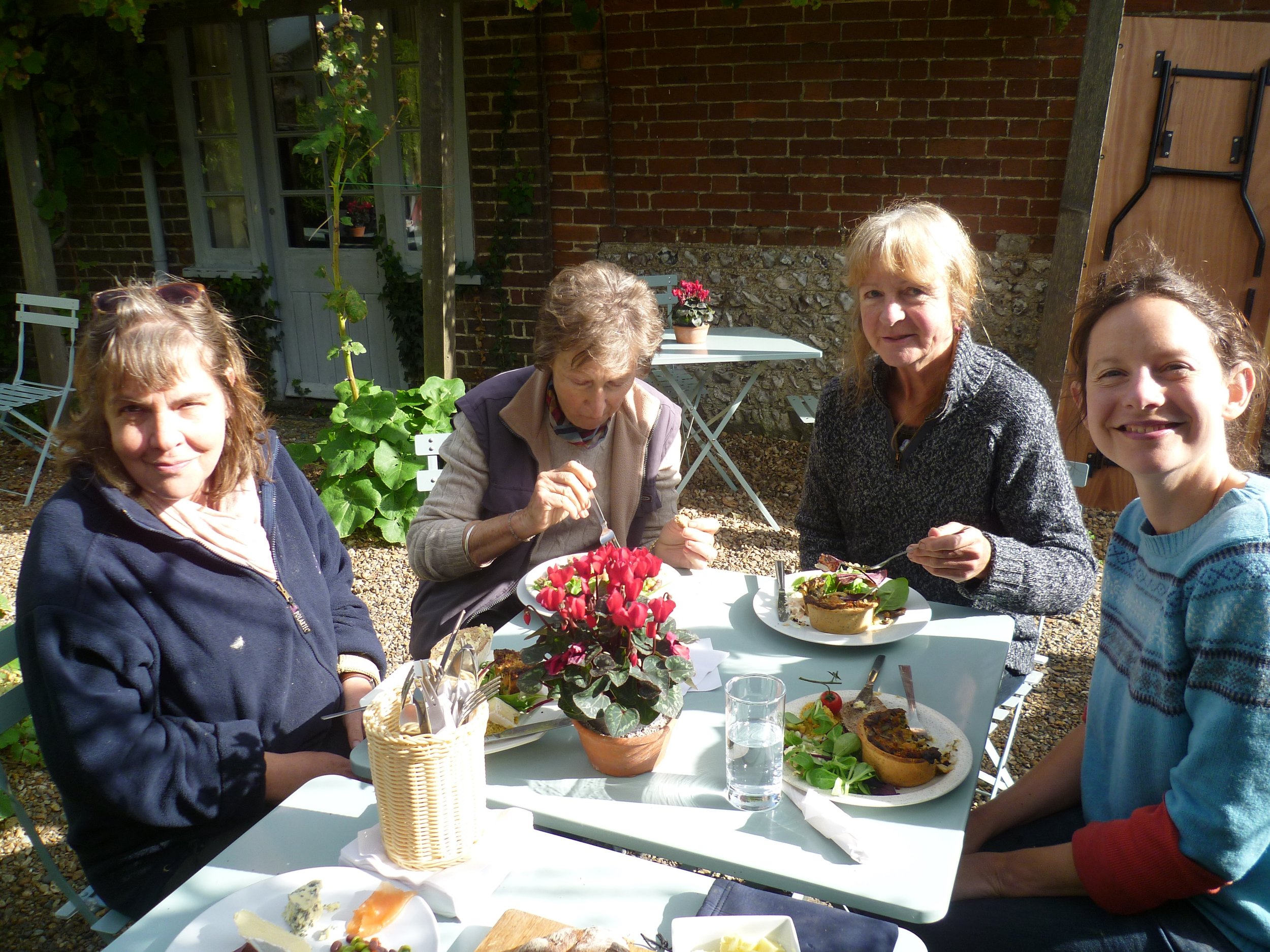
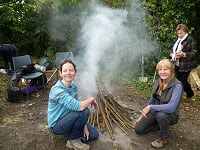
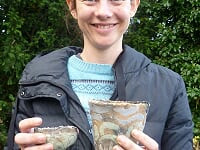
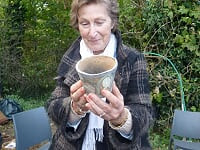
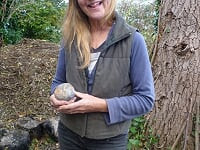
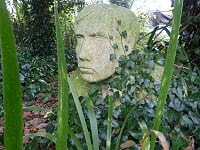
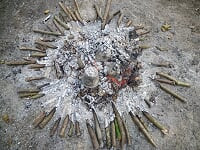
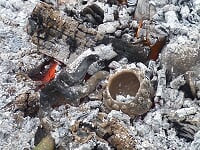
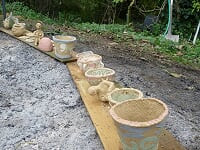
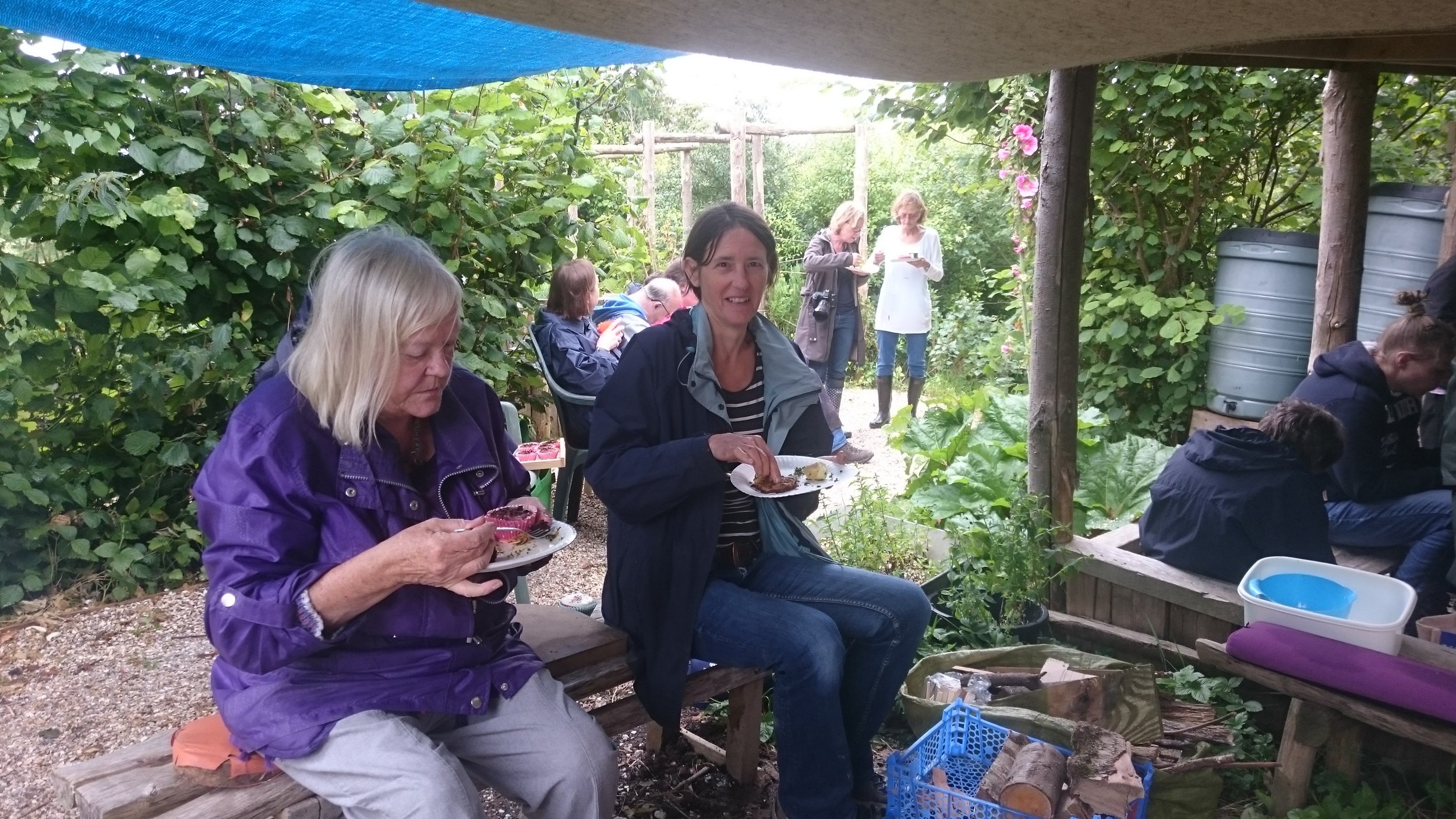
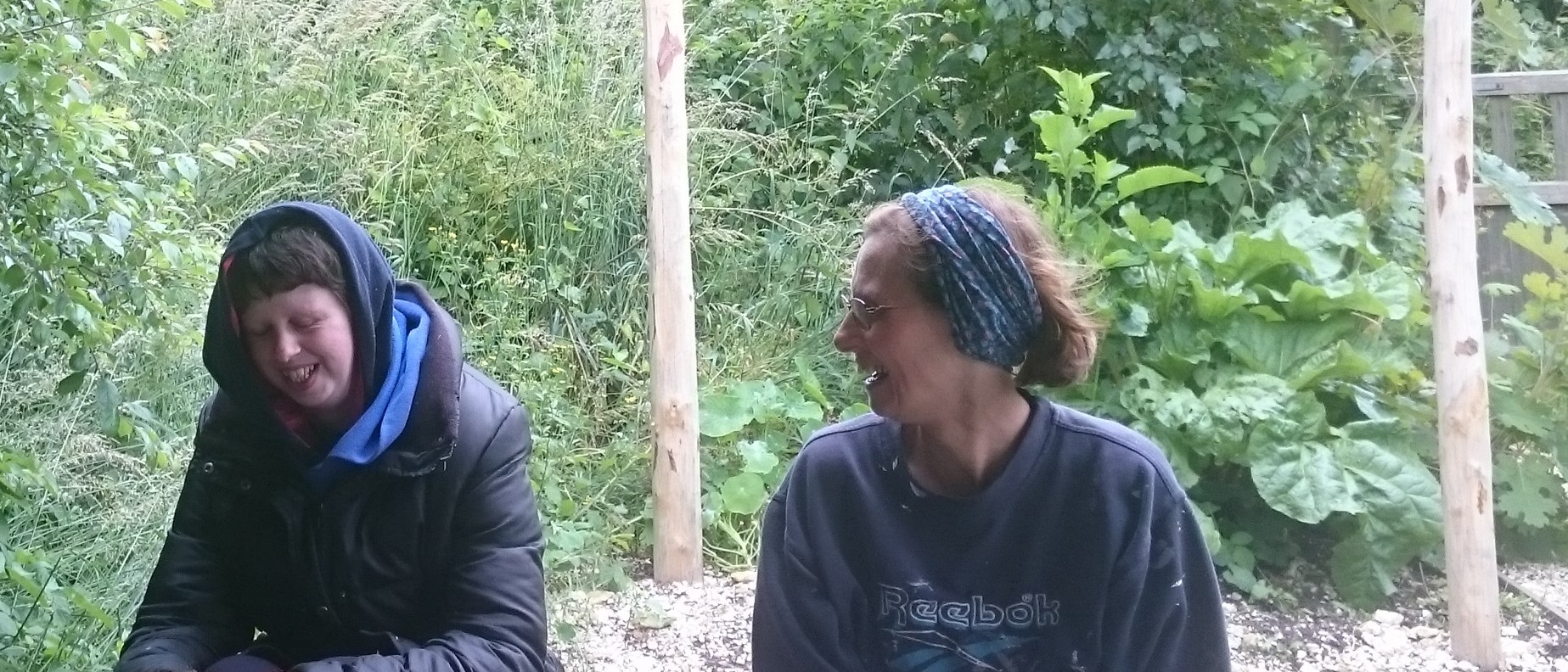
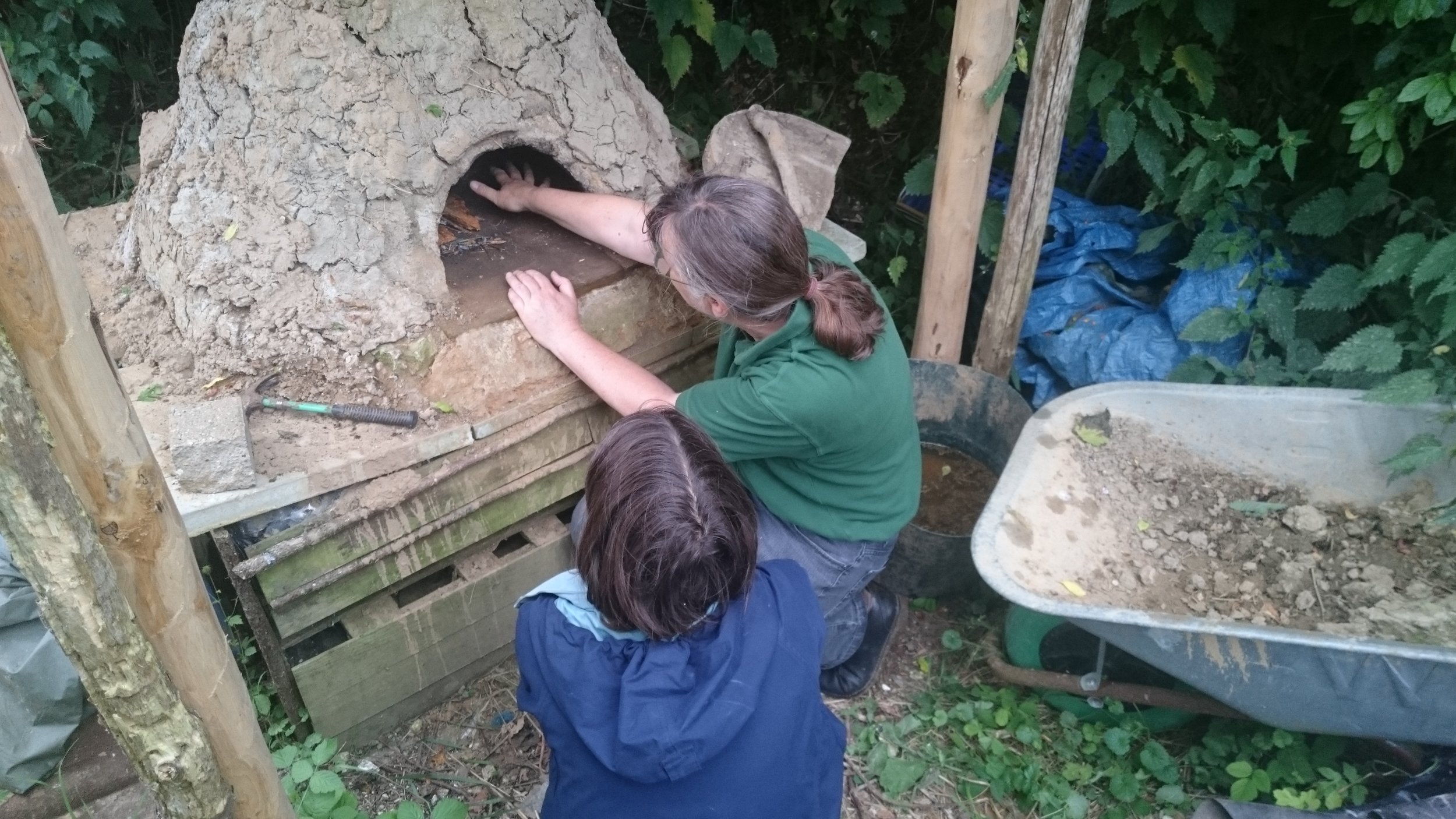
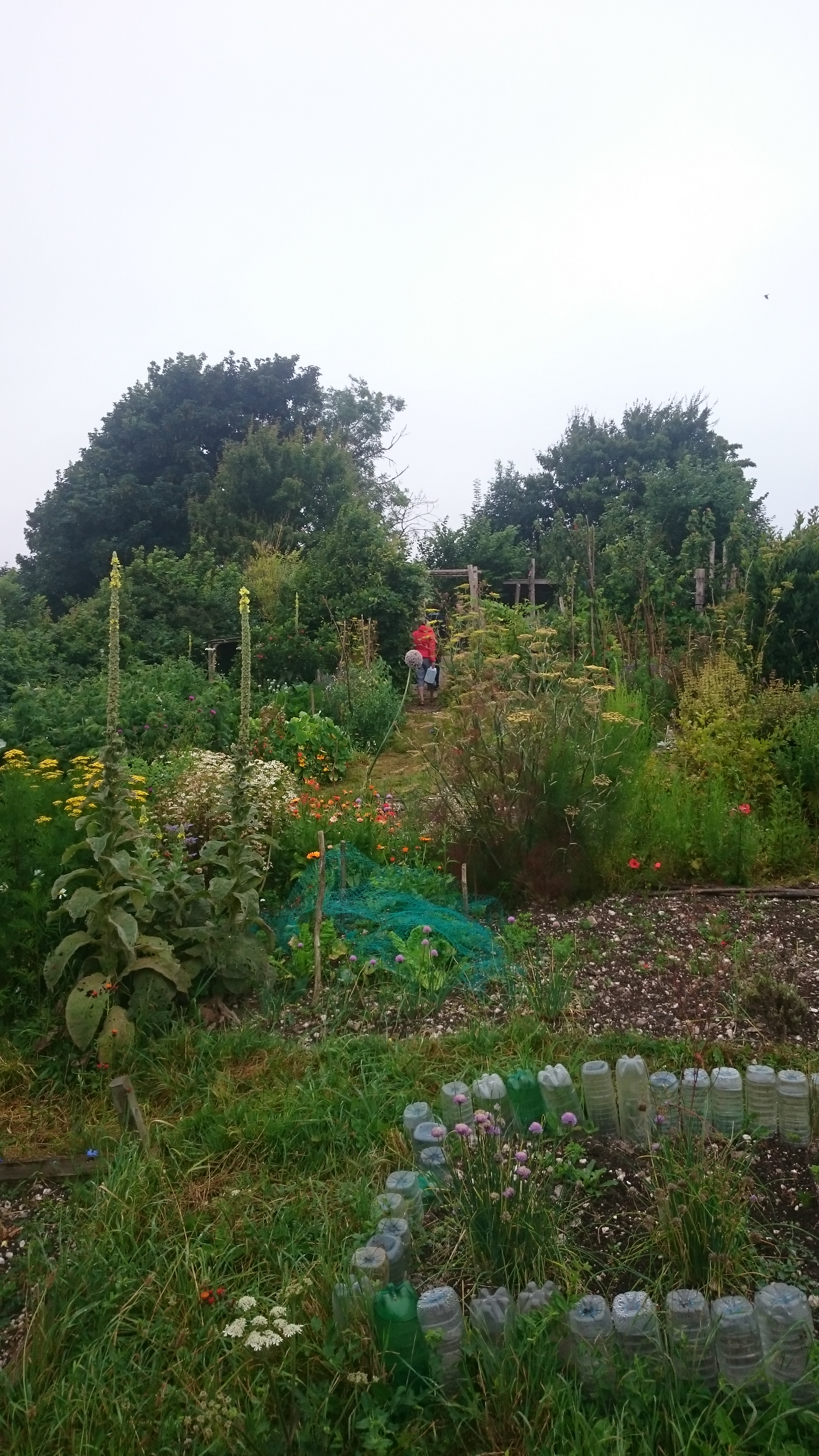
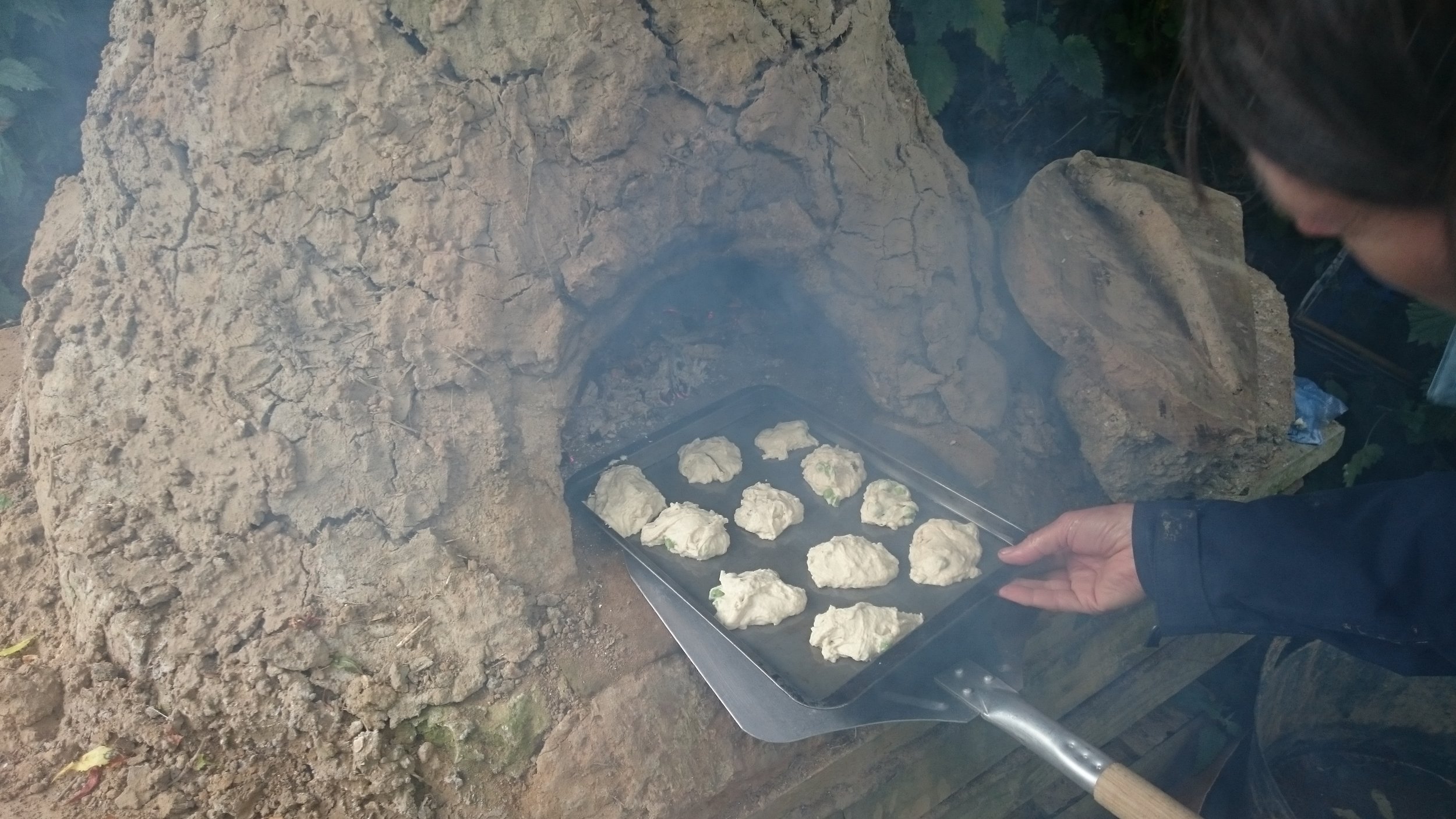
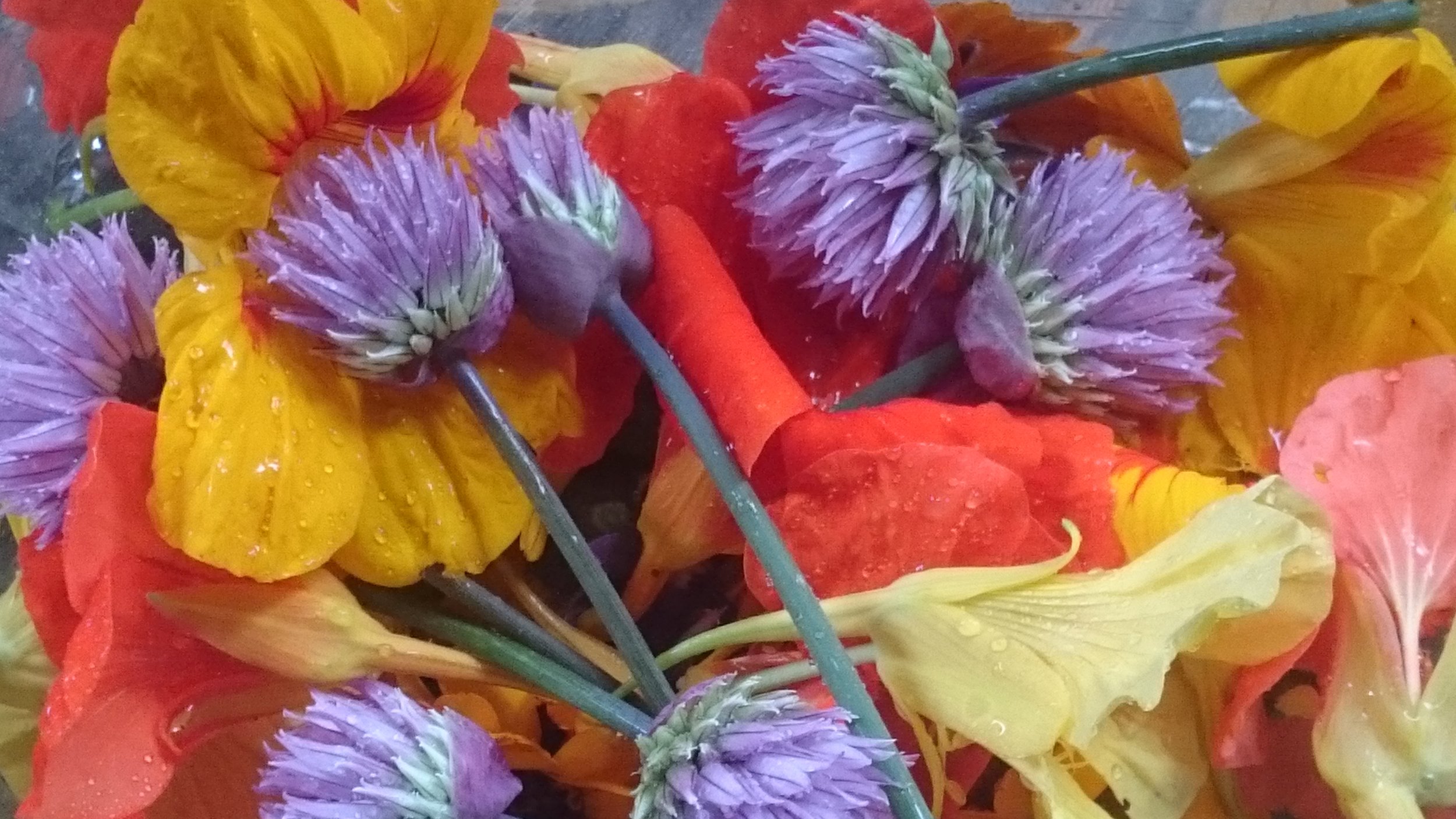 Topsy put the bread rolls into the oven and Sophie started frying the fritters in oil over the open fire. She also made a chard omelette. Emma worked with some of the group to mix fresh herbs and dressing into the potato salad, carrot and parsnip salad and green salad. We added the flowers to that and they looked beautiful.
Topsy put the bread rolls into the oven and Sophie started frying the fritters in oil over the open fire. She also made a chard omelette. Emma worked with some of the group to mix fresh herbs and dressing into the potato salad, carrot and parsnip salad and green salad. We added the flowers to that and they looked beautiful.